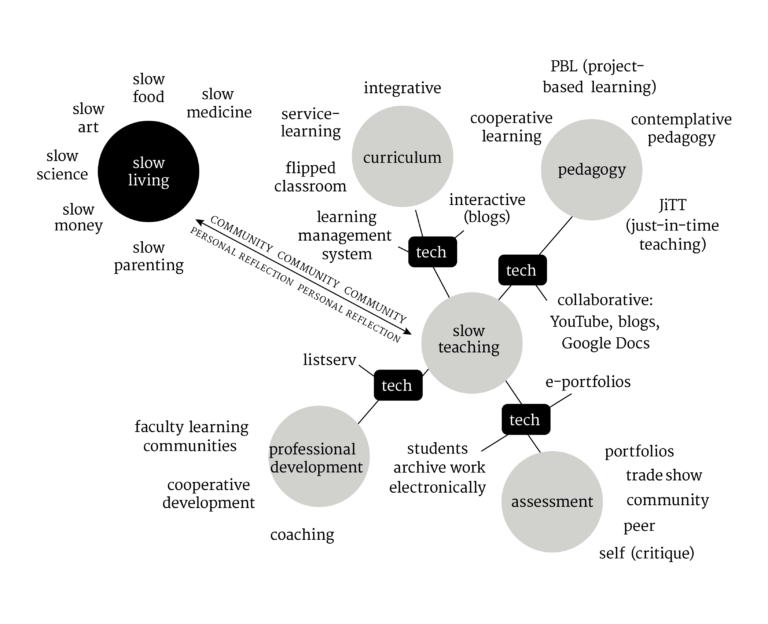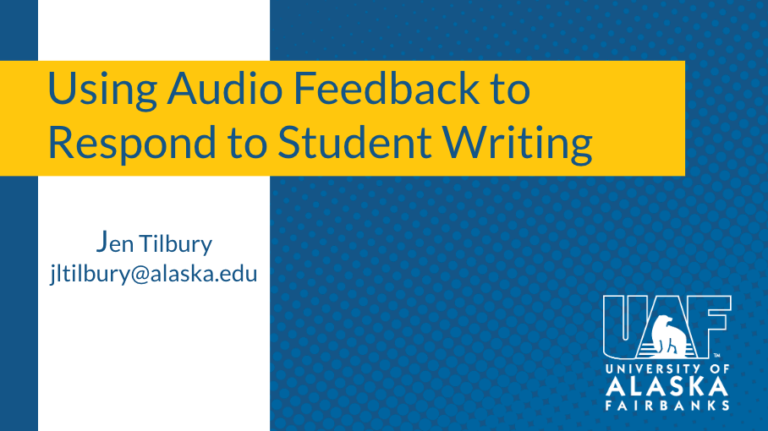Lying, deceit and effective teaching
The subject of the lie has been pondered, defined and debated over centuries, across cultures and in various situations. Lies come in many forms, some harmless, others pernicious. Is there any place for lies in the classroom? You may wish to consider these examples before reflecting on that.
Consider this example of a conversation thread in an online discussion board:
Steve: I’m wondering about the source of Michael Faraday’s inspiration. Does anyone know about his background and style of work?
Mary: Faraday was born into wealth and was a product of formal education, first at Edinburgh Academy and then later at Cambridge University. Mathematics came easy to Faraday and he readily built upon other’s work. His family connections only aided him in the highly class-based British society at the time.
Liz: Actually Mary, Faraday came from humble roots. His father was a blacksmith apprentice and Michael Faraday left school as a young teen, to work for a bookbinder. He became interested in science because of the books he read, on his own.
Freda: It might be that Mary has confused the early life of Faraday with James Maxwell. They were contemporaries. What Faraday’s early life likely contributed was a sense of tenacity and respect for hard work. Faraday actually had a difficult time with math.
Mary: Yes, I stand corrected. Thanks, Liz and Freda!
Besides being an example of a great class discussion this is also a form of lie. Mary, here, is what is known as a sock puppet. She is not a student, but instead the instructor masquerading as a student, eliciting responses from students who may be eager to bring a correction to light, but not wanting to answer a rather open ended question. This is obviously easier to pull off in an online class but some professors have been known to pack a lecture hall with grad students or helpful colleagues at the ready with prepared scripts.
Another example of a more overt lie in the classroom is illustrated from the memory of an economics student.1 The professor of an upper level class revealed to his class on the first day that each of his lectures would contain one lie. It was the students’ job to discover what was the falsehood, to reveal the truth, and cite a source backing their claim. As the semester went on, the lies became harder to detect, and students had to scrutinize the lectures with a great deal of thought.
The professor in this story succeeded in focusing his class on lecture material but also taught them a lifelong skill, how to discover and reveal the truth in murky situations. Would you have your students know you always speak the truth, or, would you rather teach your students to be able to recognize the truth? If you wanted to employ a lecture technique like this story you’d have to answer that question for yourself.
Another example of strategic deceit deployed for the purposes of forcing critical thought in students is the practice of occasionally gaming multiple choice quizzes. Most students expect some sort of statistical distribution in multiple choice or true/false questions. What if that wasn’t always the case? You can be sure that students will feel uneasy after selecting the same choice for five questions in a row. And how would students react to a question toward the end of the same quiz that broke that pattern? How treacherous. A student would among other things, learn self-confidence in such a class in addition to the easier material.
Reference
1 Chang, K. (2008). My favorite liar. Overcoming Bias [Web page].




